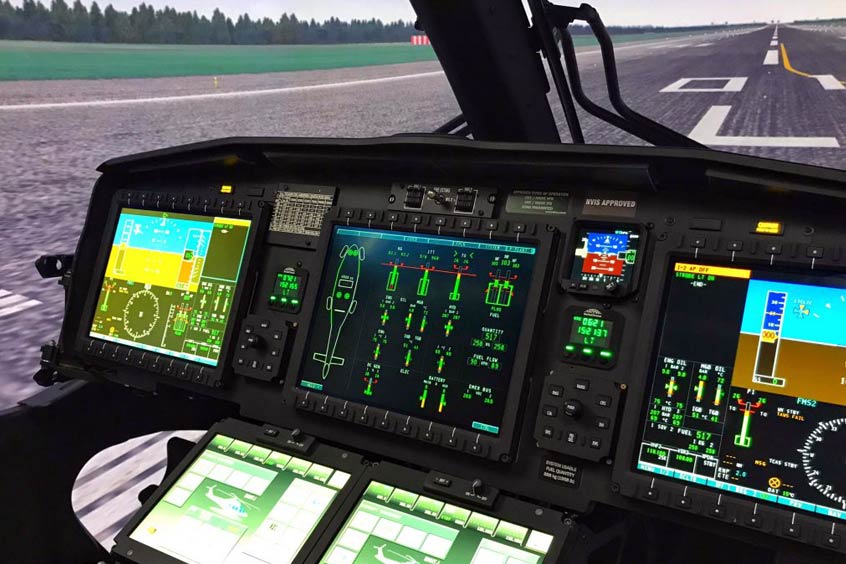Why visit ACE ’25?

An AW169 full flight simulator has now been installed at the Helsinki facility of Finnish helicopter pilot training provider Coptersafety and is expected to be operational by March 2021.
Coptersafety started the installation of its next Level D full flight simulator at the beginning of summer last year. The installation work was carried out in cooperation with TRU Simulation + Training and Rockwell Collins, which are responsible for delivering Coptersafety's previous simulators. After completion of the installation and a series of flight tests, evaluation and approval by the EASA compliance authorities will take place.
“We started the construction project of the simulator at the beginning of Summer 2020. Now, despite the ongoing COVID-19 pandemic we've managed to move onto the next stage of flight tests, which is currently on its way. At this point, it looks very promising. If everything goes according to plan, we are expecting the simulator to be ready for evaluation by Traficom, the Finnish CAA, in February 2021,” states Kim Rognli, the AW169 lead instructor at Coptersafety.
Despite it being a relatively new helicopter type, there are already a significant number of AW169 operators within the aviation market. The simulator training for this model, however, is lagging behind, with only one simulator existing in the world at the moment.
Head of training Mikko Kallio adds: “With a new AW169 Level D full flight simulator, Coptersafety can extend its offer of training scenarios and operational training for multi-engine helicopter operations for yet another helicopter type. I believe that by now we are already known for the quality of our training services, and with the AW169 we also aim to achieve the same level of professionalism and excellence. When the training is not limited to a set of emergencies, it becomes more efficient and realistic, and therefore, can better prepare the pilots for the missions ahead. Using flight simulators in training also reduces risks associated with hazardous training scenarios, such as flight training for a loss of hydraulic power or engine fire.”